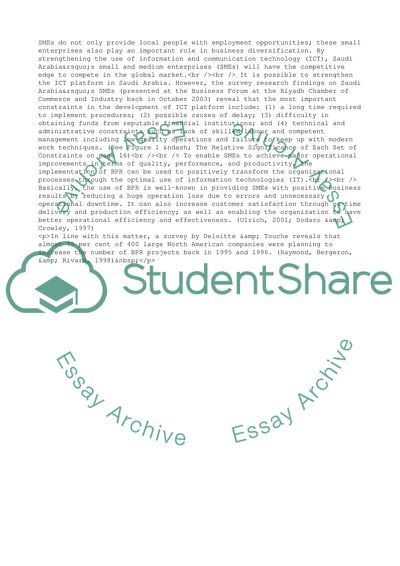Cite this document
(Feasibility of Implementing Business Process Reengineering in Saudi Research Proposal, n.d.)
Feasibility of Implementing Business Process Reengineering in Saudi Research Proposal. https://studentshare.org/business/1714497-using-business-process-reengineering-to-build-new-module-for-smes
Feasibility of Implementing Business Process Reengineering in Saudi Research Proposal. https://studentshare.org/business/1714497-using-business-process-reengineering-to-build-new-module-for-smes
(Feasibility of Implementing Business Process Reengineering in Saudi Research Proposal)
Feasibility of Implementing Business Process Reengineering in Saudi Research Proposal. https://studentshare.org/business/1714497-using-business-process-reengineering-to-build-new-module-for-smes.
Feasibility of Implementing Business Process Reengineering in Saudi Research Proposal. https://studentshare.org/business/1714497-using-business-process-reengineering-to-build-new-module-for-smes.
“Feasibility of Implementing Business Process Reengineering in Saudi Research Proposal”. https://studentshare.org/business/1714497-using-business-process-reengineering-to-build-new-module-for-smes.


